Fancy Joining a master to make your own Japanese bamboo rod? Well, follow Isaac as he introduces Masayuki Yamano, master craftsman and charismatic teacher…
Both me and JP are absolutely delighted to welcome Isaac Tait (of the excellent “Fallfish Tenkara” site) as guest author on this blog. We first met Isaac and Rhondie Tait when we managed to fish together in Yorkshire in the UK during their trip to attend Isaac’s brother’s wedding in Liverpool. You can read about that experience on Fallfish Tenkara by Clicking Here.
With that, I’ll hand over to Isaac’s wonderful writing (and after finishing this piece, I urge you to check out everything on his blog – it is one of the only places on the web to get a true sense of the richness of tenkara in Japan):
Isaac begins…
This past season was just my third as a Tenkara angler. In that short amount of time, one thing has become abundantly clear to me: I still have a lot of learning ahead of me (a fact that I relish). I like to compare Tenkara to skiing – you can learn it quickly, but mastering it takes a lifetime. This past summer I discovered Edo Wazao, the Japanese art of making fishing rods from bamboo. In a few short months I have met three bamboo rod craftsmen, but I have learned the most from Masayuki Yamano.
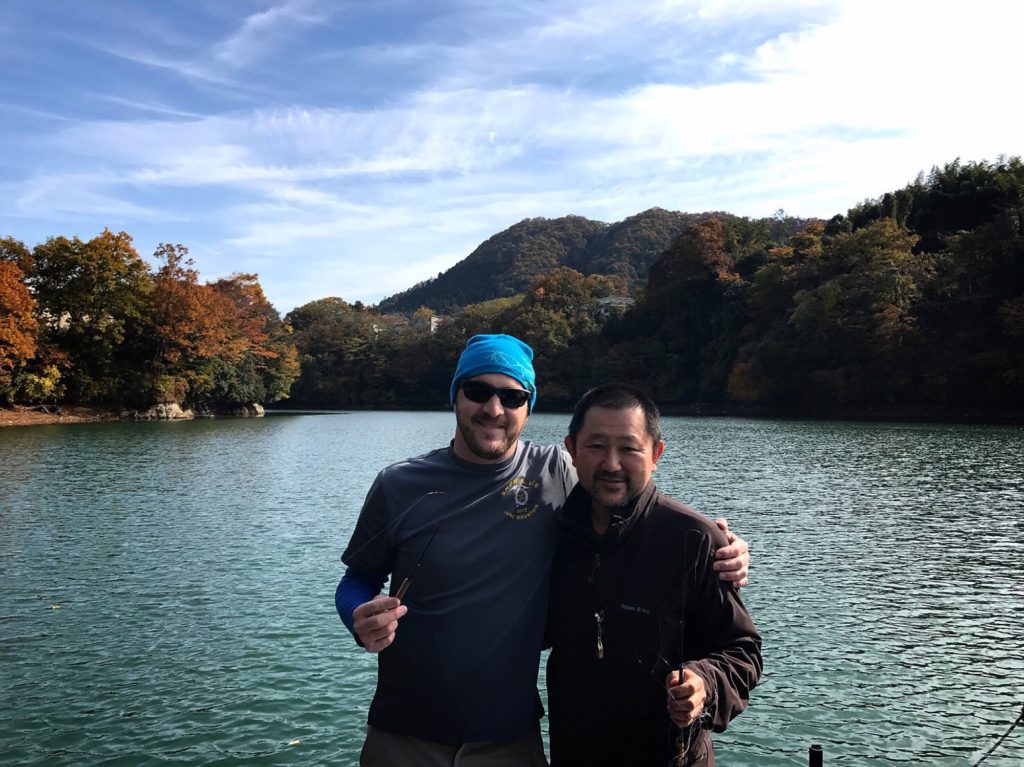
I met Yamano-san in a bansho (a farm house that also served as a headquarters for samurai) in the Aizu region of Fukushima Prefecture. The first thing that stood out to me was that he always seemed to be smiling. Even when he wasn’t, there was a twinkle in his eye that made him always seem happy. Put a piece of bamboo in his hand, though, and he suddenly gets serious. The way he holds the bamboo shows a reverence and respect for this plant that provides him clothing, food, and a roof over his head.
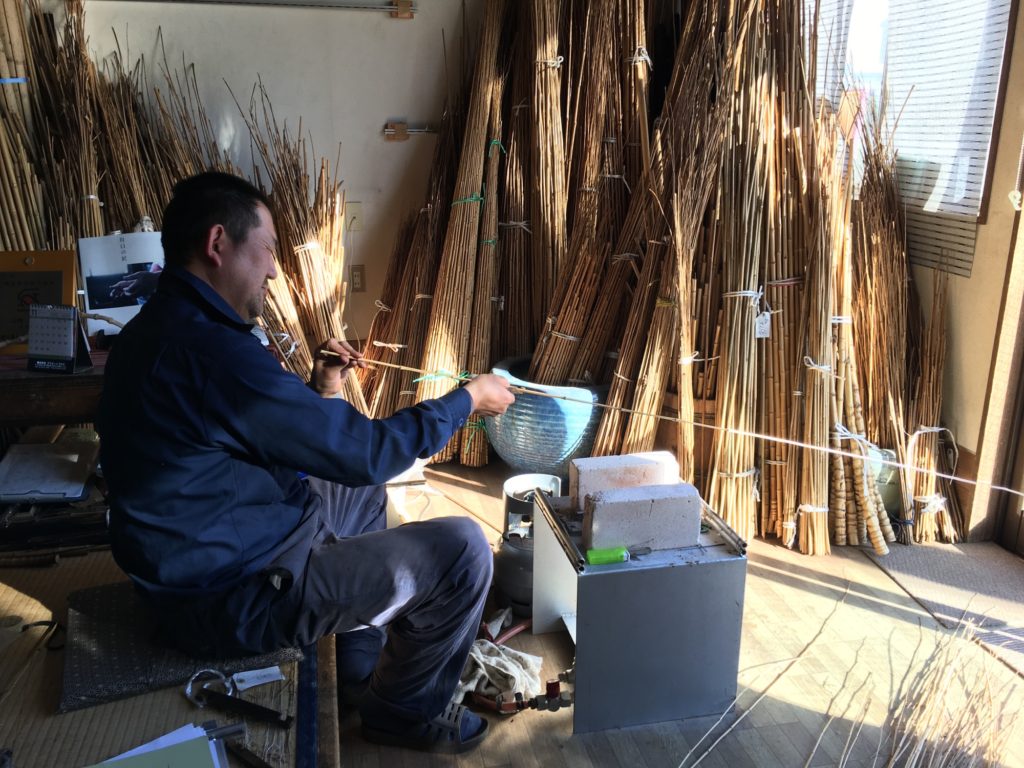
As Tenkara anglers we spend a good part of our lives in the natural world, appreciating the majestic landscape and recharging our souls. Fishing with a rod that comes from these places only deepens one’s connection with them. Now, don’t get me wrong – I love my manufactured Tenkara rods. But the feel of bamboo is quite unique, like a subtle electricity or a magnetic field. So when Yamano-san invited me to his home to learn how to make bamboo rods, I emphatically agreed.
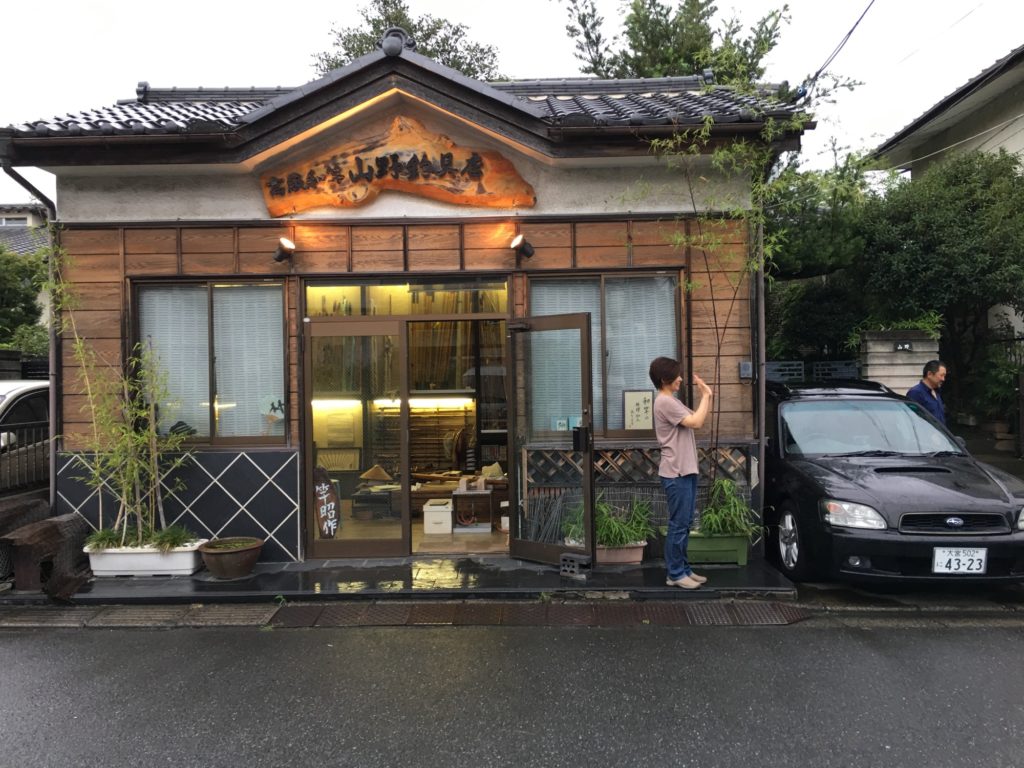
The connection one has to the bamboo during the building process is much like Harry Potter had to the wand that picked him at Ollivander’s shop in Diagon Alley. Before I even started making my Tenkara rod, I first sifted through a huge pile of bamboo, “casting” each piece. Many were too stiff, others too soft. Eventually I found the perfect piece of bamboo. I closed my eyes and imagined myself standing knee deep in a keiryu (Japanese mountain stream) casting this specific piece of bamboo for Japanese trout – Amago, Iwana, and Yamame. It was a strange feeling, almost like this one bamboo had been created for me. It had grown strong, subsisting on plentiful rain and the rich Japanese soil deep in the mountains near Chichibu. Then one day many years ago, Yamano-san came and collected it. For years it had lain in that pile of bamboo, curing and hardening in the cool darkness, waiting for me to come through the door and pick her up to make something beautiful.
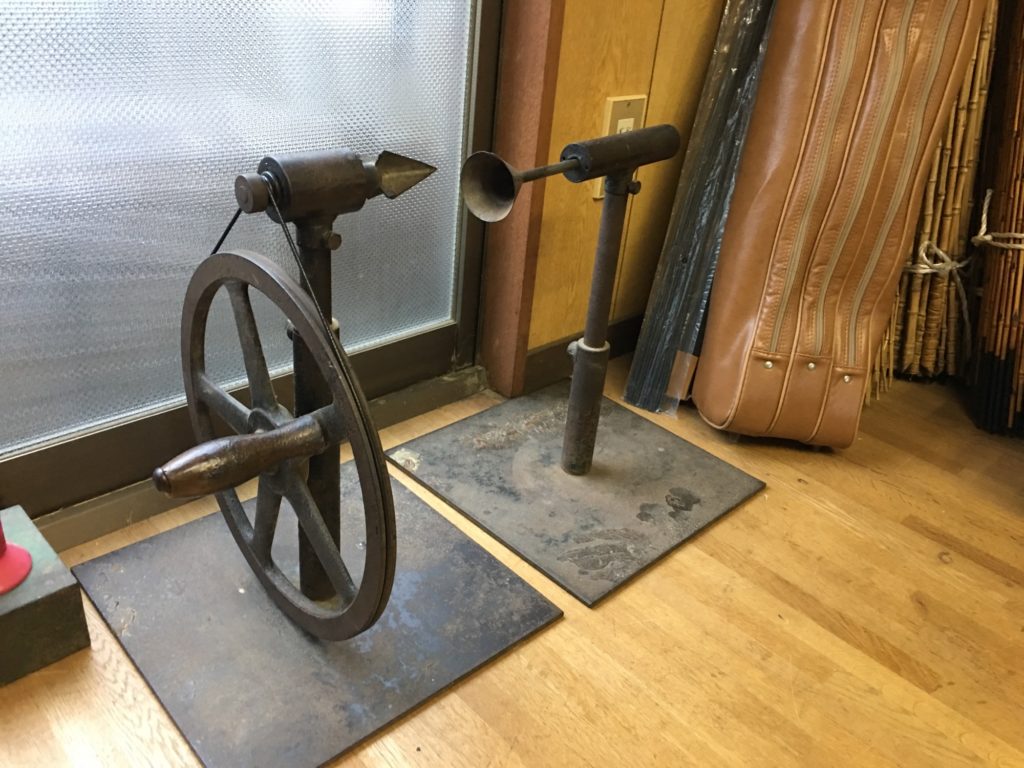
The process of making a fishing rod out of bamboo is quite extensive. There is a lot of sanding, filing, and even some carving. Then there is the tempering, or straightening of the rod using heat and a straightening tool called a Tamegi. Next, you have to wrap the female ends of the bamboo with thread to strengthen the ends in preparation for boring them out with a drill. Several coats of urushi (a very rare and expensive lacquer made from the sap of the urushi tree) must be applied to the bamboo. A handle must be fashioned, and then at last a final straightening is done to work out all the kinks acquired through the building process. It is a labor-intensive process. A very good Edo Wazao craftsman can build five or six rods a month – Yamano-san can build seven or eight!
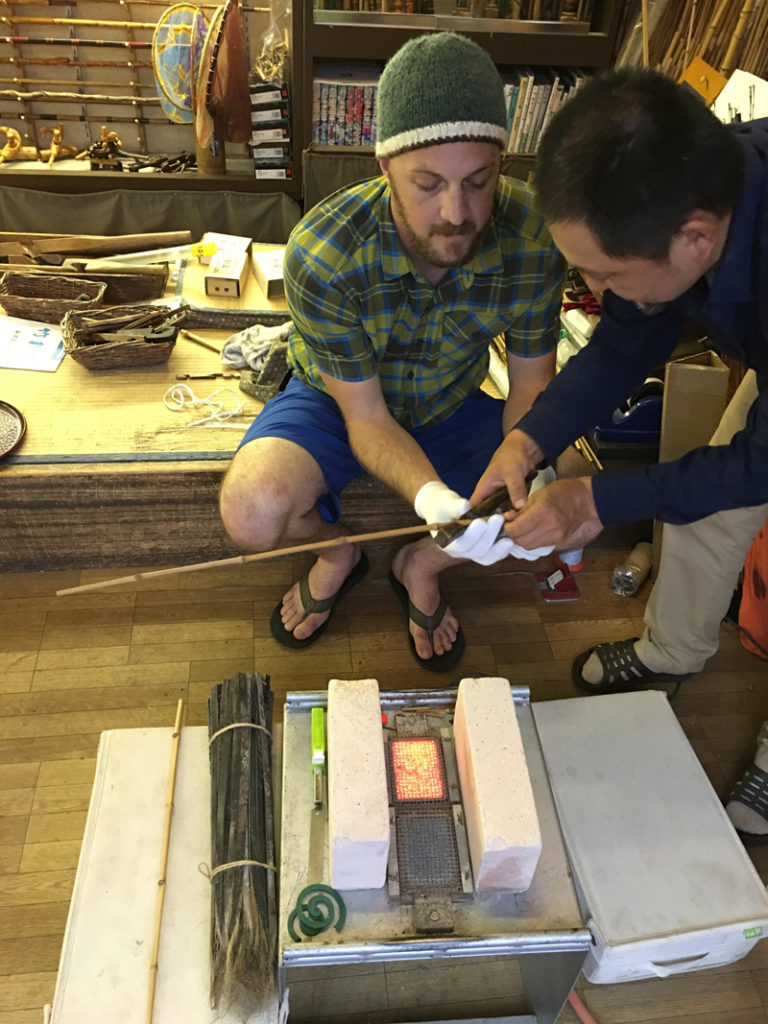
The process is going to be a little longer for me, since Yamano-san’s shop is in Kawaguchi. As this is a two-hour train ride from my home, I will have to go back in December to finish making my rod. Also, for my first rod I am using epoxy instead of urushi. Not only is epoxy cheaper, but it dries quicker and is easier to use. This makes it better suited as I learn the intricacies of bamboo rod making. Mine will be a two-piece rod coming in at about 270cm, perfect for the tiny streams that I prefer to fish. I cannot wait for the fishing season to kick off next March so I can get out and use my own handmade bamboo Tenkara rod!
Isaac Tait – Fallfish Tenkara.

Super piece Issac, a tantalising glimpse behind the curtain.
You obviously have a deep connection and passion for this that flows out of your writing.
Keep us posted on how the rod is coming along.
Many thanks